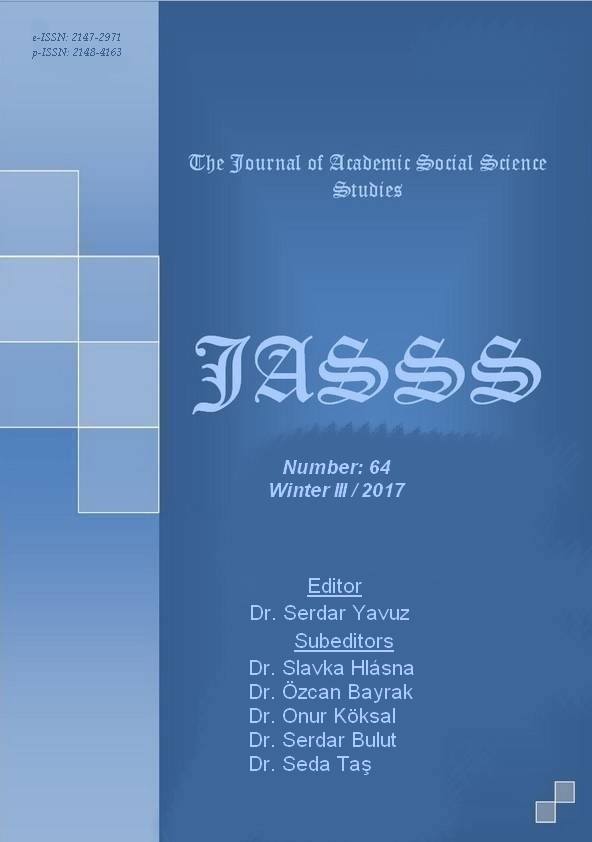Author :
Abstract
Gerek kapsadığı alan ve gerekse amaç ve hedefleri bakımından, dünya ölçeğinde dikkate değer bir kalkınma projesi olarak GAP (Güneydoğu Anadolu Projesi), bölgede ekonomik büyümeyi ve sosyal istikrarı sağlayarak bölgesel ve bölgeler arası ekonomik ve sosyal eşitsizlikleri gidermeyi amaçlayan entegre bir bölge kalkınma girişimidir. Gelinen aşamada GAP, toprak ve su kaynaklarının geliştirilmesine dayalı bir ekonomik kalkınma projesi olmanın da ötesine geçerek, insani gelişmeyi merkeze alan sürdürülebilir bir toplumsal dönüşüm projesi niteliğini kazanmıştır. Projenin temel hedefi, bölgede yaşayan insanların sürdürülebilir yaşam kalitesini arttırmaktır. Ekonomik gelişmeyi sağlayacak fiziksel altyapı yatırımlarını, bu hedef çerçevesinde değerlendirilmektedir. Başlangıçta ekonomik verimi arttırmak için daha çok teknik bir proje olarak düşünülen GAP projesi, 1980’lerdeki küresel gelişmelere paralel biçimde son haliyle sürdürülebilir entegre bir kalkınma stratejisi benimsemiştir. Sürdürülebilirlik tartışmasında, sürdürülecek olan nedir, kimin için, ne kadar süreyle ve bunun gibi sorulara verilecek yanıtlar arasında bir uyumun sağlanması, sürdürülebilir kalkınmayı ekolojik, toplumsal ve ekonomik boyutlarıyla tanımlamaya yardımcı olabilir. Bu noktada projenin başarıya ulaşması, sadece ekonomik alanda gerçekleşecek olan büyüme ile değil, belki bundan da daha önemli olarak insani gelişme bağlamında sağlanan kazanımlara bağlıdır. Sürdürülebilirliğin en asgari düzeyi büyümenin nimetlerinden toplumun tüm kesimlerinin adil bir şeklide yararlanmasıdır. Projenin bu temel amacını ne düzeyde gerçekleştirdiğini araştırdığımız bu çalışmamızda GAP Bölgesi’nde verili olan toprak mülkiyeti ve işletme biçimleri ile aşiretsel bağlılıkların gelişmenin toplumun bütününe yayılması amacının gerçekleştirilmesinin önündeki en önemli engeller olduğu vurgulanmıştır.
Keywords
Abstract
GAP (Southeastern Anatolia Project) being a remarkable development initiative on the world scale, in terms of the area it covers and its goals and objectives, is an integrated regional development project aimed at eliminating economic and social inequalities in the region by providing economic growth and social stability. In the coming phase, GAP beyond being an economic development project based on the development of land and water resources, has become a sustainable social transformation project, centering on human development. The main objective of the project is to increase the sustainable quality of life of the people living in the region. The investment on physical infrastructure which will provide economic development will be evaluated within this target. Initially, considered as a mere technical project to increase economic efficiency, the GAP project has adopted a sustainable integrated development strategy, in line with the global developments of the 1980s. In the discourse of sustainability, the answers of questions such as what is sustainable, for whom and how long, can help in identifying sustainable development in terms of its socio-economic and ecological dimensions. At this juncture, the success of the project is regarded not only on the economic growth, but also on how much gains it has achieved in the human development indicators. The lowest level of sustainability is the fair distribution of benefits among the all segments of society. Considering these aims of GAP project, this study has emphasised that the land owenership, management of land and tribal relations are the major obstacles in the the way of development of the whole society.





